An all-inclusive experience, redefined…At Bawah Reserve in Indonesia’s pristine Anambas...
Begin your day at Bawah Reserve with your choice from our Juice Butler service: fresh...
If you’ve noticed the beautifully patterned fabrics in your villa, you’ve already...
Ready to make a splash?For guests who are both swimming-fit and up for a challenge,...
Welcome to the thermal contrast therapy facility at Aura Sanctuary at Bawah Reserve,...
Planning your dream private island holiday in Indonesia? Here at Bawah Reserve, we...
3 ways to repost or use our Instagram Reels
We love that you want to share a little...
2024 wellness trends were exciting for sure, but it keeps getting better! The top...
A new subtle yet powerful trend - that of being “demure” and “mindful” - has been...
When we think of bees, honeybees often come to mind. However, at Bawah Reserve, a...
In the heart of Southeast Asia lies a hidden gem that promises a retreat into nature,...
It’s safe to say that if you ask someone to name a tropical island destination, they will...
As we step into 2024, the world of well-being is teeming with transformative trends that...
2 years ago for Earth Day 2022, we created 10 sincere pledges for investing in the planet...
Starting to plan your dream wedding? Some couples have a clear idea of their perfect...
We are often asked about the best time of year to schedule a trip to Bawah Reserve.Which...
Our faraway paradise is well worth the journey and there are many ways to get to Bawah,...
.jpg)
Sambal is a chilli condiment that graces every Indonesian meal. Just like hot sauces, there are hundreds of different varieties of sambal, from regional versions to family recipes that are passed down through the generations.
Each sambal features chilli of some sort – green, red, bird’s eye, cooked or raw – plus a combination of other ingredients. The all-purpose condiment can be on the dry and thick or on the more saucy side. Eaten on Indonesian dishes, sambals can lend a powerhouse of flavours: heat from chillies, sour from
limes, sweetness from palm sugar or gula melaka or an umami bomb from roasted shrimp paste.
Here at Bawah Reserve, we have our own array of green and red sambals - made using our homegrown chillis! Which one will be your favourite?
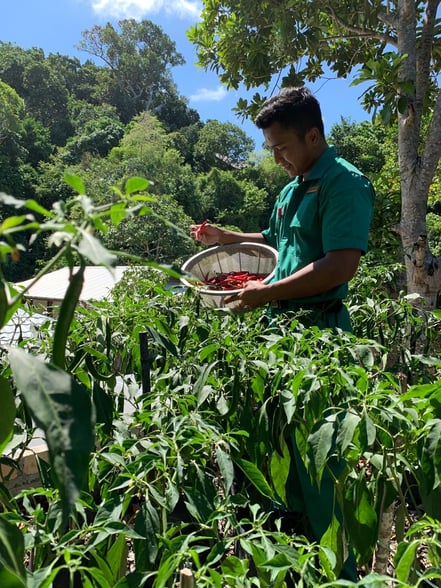
If you are heading to Bawah - our chefs can tell you how to make it yourself, or you can join one of our cookery classes to learn how to make a couple of Indonesian dishes to add to your repertoire? If you’re lucky, you might get to take some sambal back with you to add some spice into your cooking at home. In the meantime here are our 3 recipes for you to try at home.
Sambals are traditionally ground using a mortar and pestle which provides a coarse texture and consistency, although you can also use a food processor (which may require more oil to help the paste blend). Freshly-made sambal can be stored in a glass jar in the refrigerator for up to two weeks.
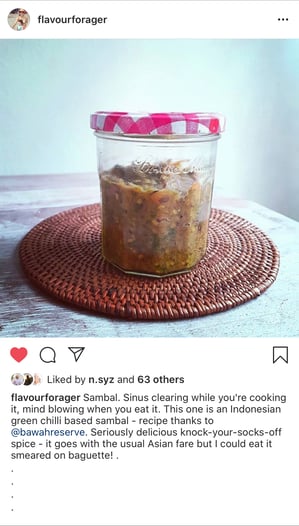
Sambal terasi – or belacan as it is known throughout Southeast Asia – is one
of the more common sambals. It is made with fermented shrimp paste or
dried shrimps, which gives it a strong shrimpy taste and a deep pungent flavor
with a real spicy kick.
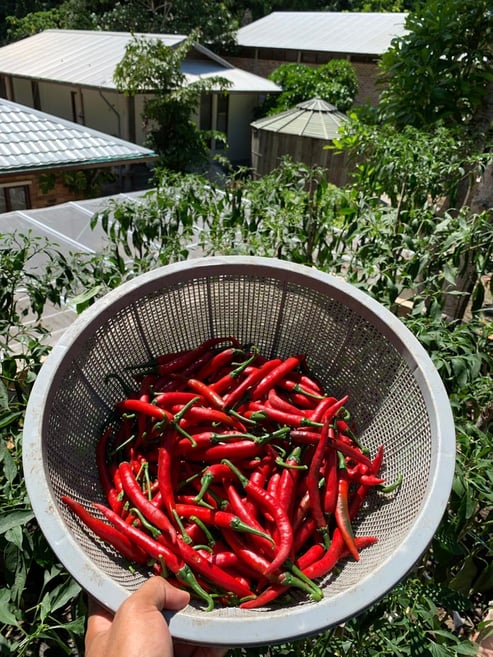
1. Shallow fry the chillies, shallots and garlic in a big frying pan over low
heat until the colors become translucent.
2. Place the mixture in a blender and blend into a smooth paste (you may
need to add extra oil to help it blend).
3. Add cooking oil to a pan and saute the sambal and shrimp paste over
low heat. Stir every 10 minutes, until the color darkens, taking care not
to burn the sambal. Season with salt and sugar to taste.
This green sambal is so good that it really should come with a warning. We
have had guests who have pleaded to smuggle it back home with them – it’s
that good! Eat it with plain rice or smear it on a crusty baguette. Our chefs
decided to pay it forward and give you the recipe to make at home.
Green chillies are often not very spicy so if you like heat, add some green birds eye
chilli to up the spice levels.
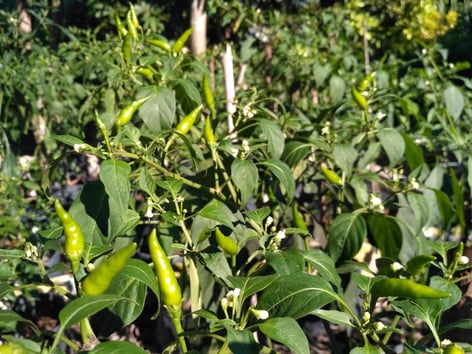
1. Shallow fry the green chillies, shallots and garlic in a big frying pan
over low heat until the colors become translucent. Place the mixture in
a blender and blend into a smooth paste.
2. Add cooking oil to a pan and saute the sambal paste with the
lemongrass over low heat. Stir every 10 minutes, until the color
darkens.
3. Season with salt, white pepper, sugar and lime juice to taste.
Sambal Matah is a famous raw sambal from Bali – island of the gods. In
Balinese, Matah means raw, and unlike the other sambals here, this sambal is
more like a uncooked chunky salsa. The Balinese often eat sambal matah with
fish dishes, chicken or the island’s famous suckling pig.
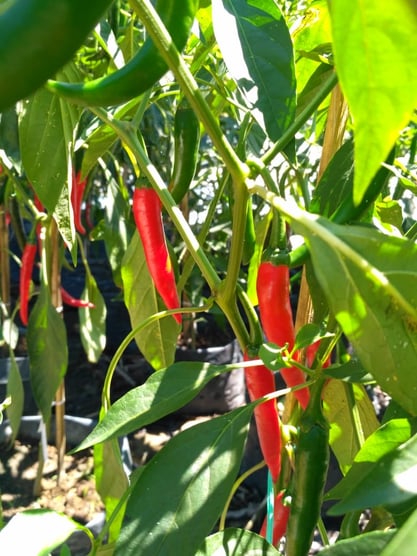
1. Place the chillies, shallots, garlic and lemongrass in a mixing bowl.
2. Heat the oil in a pan until really hot, then add it to the mixture in the
bowl.
3. Add in the remaining ingredients and mix well. Enjoy!
Happy cooking and if you like these, why not check out some of our other recipes here............
An all-inclusive experience, redefined…At Bawah Reserve in Indonesia’s pristine Anambas...
Begin your day at Bawah Reserve with your choice from our Juice Butler service: fresh...
If you’ve noticed the beautifully patterned fabrics in your villa, you’ve already...
Ready to make a splash?For guests who are both swimming-fit and up for a challenge,...
Welcome to the thermal contrast therapy facility at Aura Sanctuary at Bawah Reserve,...
Planning your dream private island holiday in Indonesia? Here at Bawah Reserve, we...
3 ways to repost or use our Instagram Reels
We love that you want to share a little...
2024 wellness trends were exciting for sure, but it keeps getting better! The top...
A new subtle yet powerful trend - that of being “demure” and “mindful” - has been...
When we think of bees, honeybees often come to mind. However, at Bawah Reserve, a...
In the heart of Southeast Asia lies a hidden gem that promises a retreat into nature,...
It’s safe to say that if you ask someone to name a tropical island destination, they will...
As we step into 2024, the world of well-being is teeming with transformative trends that...
2 years ago for Earth Day 2022, we created 10 sincere pledges for investing in the planet...
Starting to plan your dream wedding? Some couples have a clear idea of their perfect...
We are often asked about the best time of year to schedule a trip to Bawah Reserve.Which...
Our faraway paradise is well worth the journey and there are many ways to get to Bawah,...
© Bawah Reserve 2024. Anambas. Riau Islands. Indonesia
leave a comment